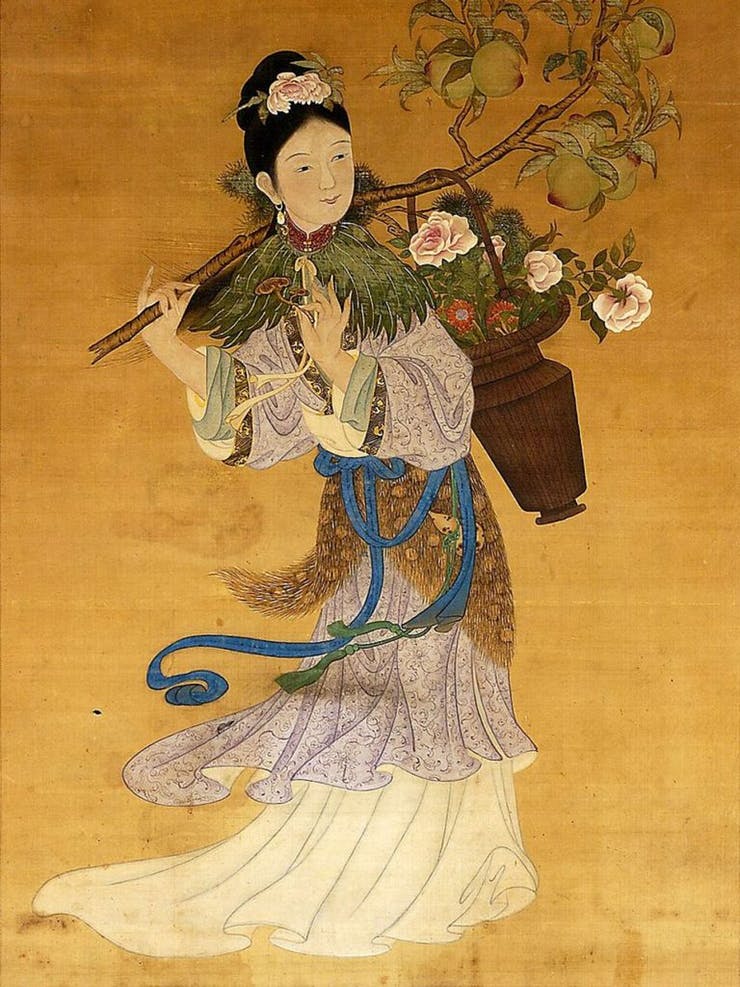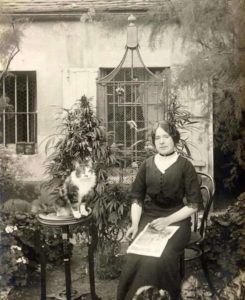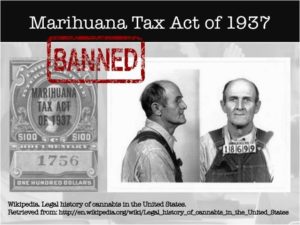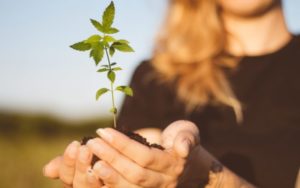Women in cannabis
A BRIEF HISTORY OF WOMEN’S LEAST TOXIC RELATIONSHIP
Cannabis and its use in society have a rich and colourful history dating back millennia. Not surprisingly, the cultivation and distribution of cannabis have been credited to (you guessed it), men. But in light of Women’s History Month and International Women’s Day, we are going to celebrate the often under appreciated and overlooked contributions women have made to weed.
Fun fact: Only female cannabis plants produce bud — if we were to rely solely on male plants for something to get us high, we would be HIGHLY disappointed.
GANJA GODDESSES
Before the patriarchy came around and ruined all the fun, women were revered as healers, storytellers, and spiritual guides. Many ancient cultures celebrated their ability to bring life into the world as a super-human power. Around 2300 BCE, ancient Mesopotamia saw the rise of the Sumerian Goddess Ishtar. The Goddess Ishtar wasn’t only the first documented deity — she was also a powerful female figure who influenced women to harness the healing powers of plants. She was so influential that she even had a dedicated, sacred herb, Sim. Ishara, that her worshippers burned in honour of her. That fragrant sacred herb was none other than cannabis.
For the thousands of years that followed, the intertwined relationship between women and cannabis continued to flourish. Women turned to cannabis to treat several ailments. Ancient Egyptians combined ground cannabis with honey to relieve uterine pain and swelling associated with pregnancy and childbirth. Papyrus scrolls often depicted affluent women holding cannabis leaves. Ancient scriptures document the use of pot by women to treat “sorrow,” and “bad humour” (which was most likely caused by men).
In ancient India, weed was used to treat nausea associated with pregnancy and to also relieve pain during childbirth. It was used as a tantric aphrodisiac to help women get in the mood. Needless to say, pot played a significant role in their circle of life.
Cannabis seemed to be a hit among the gods with Chinese mythology also highlighting the plant’s link to the divine. Magu, a deity depicted as a beautiful young woman, represented health and vitality. She was known to be empathetic and gave particular care to the poor and the sick. Although her sweet elixir of life was made of peaches, her celestial healing powers were invoked by cannabis.
According to Hebrew and Christian scripture, a sweet herb (believed to be cannabis) was even gifted to King Solomon by the Queen of Sheba. King Solomon loved burning “sweet herbs” so much that he built a temple specifically for hotbox… err burning those sweet, sweet herbs.

WESTWARD WEED GO!
Through trade, cannabis eventually made its way to Europe, where it continued its harmonious relationship with women. Vikings and Germanic cultures used it to reduce pain for smoother childbirths. In England, women applied cannabis topically to reduce swelling associated with menstruation. The Royal Family also has a history of pot use — in the 1800s, it was prescribed by Queen Victoria’s doctor to treat her menstrual cramps. High tea, anyone?

RECREATIONAL MARIJUANA USE BY WOMEN
“Just me and my cat chillin’ in my cannabis garden.”
Historically, women have used marijuana recreationally for its euphoric effects and also to boost creativity. In “Perilous Play,” a short story by author Louisa May Alcott, one character exclaims, “Heaven bless hashish, if its dreams end like this!” after consuming cannabis-infused edibles.
Back then, there were no big pharma companies. Swollen breasts and PMS? Cannabis was there. UTI? Cannabis juice, not cranberry juice. Hot flashes and menopause? Cannabis, baby. Without the help of men, women have safely self-medicated cannabis in some way, shape or form — put simply, cannabis enriched the lives of women. I mean, if it didn’t we would call it can’t-ibis, right?

IT’S ALL FUN AND GAMES UNTIL HARRY ANSLINGER BANS CANNABIS.
Women reaped all the benefits of weed for thousands of years and enjoyed it with no issues. However, things started to change during the turn of the 20th century. Governments (men) around the world started banning cannabis use. Despite having no history or reports of its use, Canada banned cannabis in 1923. By 1937, the United States enforced the prohibition of all cannabis products. Spearheaded by the notorious narc, Harry Anslinger, the Marihuana Tax Act of 1937 criminalized the use of cannabis. By law, everyone, including doctors and pharmacists had to destroy or surrender any existing medical cannabis tinctures. Women had to turn to other less effective means to treat the list of ailments that were specific to their gender. Weed was banished into the shadows of the black market where it would remain for the next 90 years.

WOMEN, WEED, AND THE NEW MILLENIUM
The 200 years of prohibition experienced by cannabis nearly destroyed a legacy that spanned 5000 years. However, the stigma attached to weed is starting to fade as more places decriminalize its use. As the number of people adopting pot into their daily lives continues to grow, so does the cannabis industry. Despite it being one of the oldest cultivated crops known to humanity, pot has almost become novel. Can you think of a glow-up better than cannabis’? We didn’t think so. And interestingly enough, the booming green industry appears to be more friendly towards females than other sectors, such as tech, agriculture, tobacco and alcohol, and CPG.
Women used weed as a form of empowerment and its prohibition was just another way for society to silence them. Could the resurgence of pot 2.0 mean an opportunity to reclaim their power? As optimists, feminists, and realists, our answer is yes.


